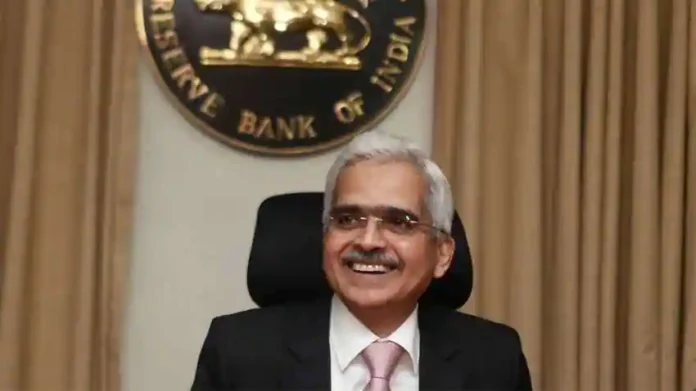For example, when interest rates were the lowest in December 2021, the floating rate on home loans started at 6.5 per cent, while the fixed rate at that time was 11-12 per cent. Therefore, this instruction cannot be used as a substitute for locking in the beneficial rates.
The Reserve Bank of India (RBI) recently issued new rules to reset floating-interest rates on EMI-based personal loans. According to the central bank, all regulated entities (REs), including banks and NBFCs, at the time of sanctioning loans, will have to clearly inform their borrowers that any change in the benchmark interest rate will affect their EMI, loan tenure or both Could.
RBI said that if there is any change in EMI or loan period or both due to interest rates, then its information will be given to the borrowers immediately through proper channels.
RBI says that financial institutions will have to clearly state in the policy what and how much will be charged while switching from floating to fixed rate and how many times the borrower can switch during the loan period. At the time of reset of interest rates, the institution will provide an option to the borrowers to switch to a fixed rate as per their board-approved policy.
Existing Rules
At present, financial institutions only tell borrowers that their loan tenure or EMI has been extended due to an increase in the interest rate. During this time the borrowers do not have any option to choose. However, one can personally approach the financial institution to get the loan contract renegotiated as per one’s choice.
Why was this instruction issued
Over the years, there have been instances where the person is 50 years old and their loan is outstanding for the next 15 years and in the meanwhile the tenure has been extended for another 15 years due to the increase in rates. In such a situation, even after turning 80, the sword of loan will hang over them, whereas the earning age is considered to be around 60-65.
It is also possible that the EMI may still not cover the increase in the interest rate, thereby increasing the chances of the borrower becoming worse off. Through this instruction, the intention of RBI is to curb such shortcomings.
How beneficial are the new rules
There is a possibility of increasing transparency due to the introduction of new rules. But during this time high interest rates cannot be avoided. Also, opting for a fixed rate loan instead of a floating rate does not appear to be a good decision. Because the price difference between the two is at least 500 basis points.
For example, when interest rates were the lowest in December 2021, the floating rate on home loans started at 6.5 per cent, while the fixed rate at that time was 11-12 per cent. Therefore, this instruction cannot be used as a substitute for locking in the beneficial rates. Moreover, loan closure is a tedious process and involves costs. Therefore, the decision to switch can prove to be a long and difficult process.
Choose the best option
If the outstanding amount and tenure are not very long, one can pay higher EMIs so as to repay the loan within time. If he/she has a problem with monthly income, then it would be better to go for the long term option.


